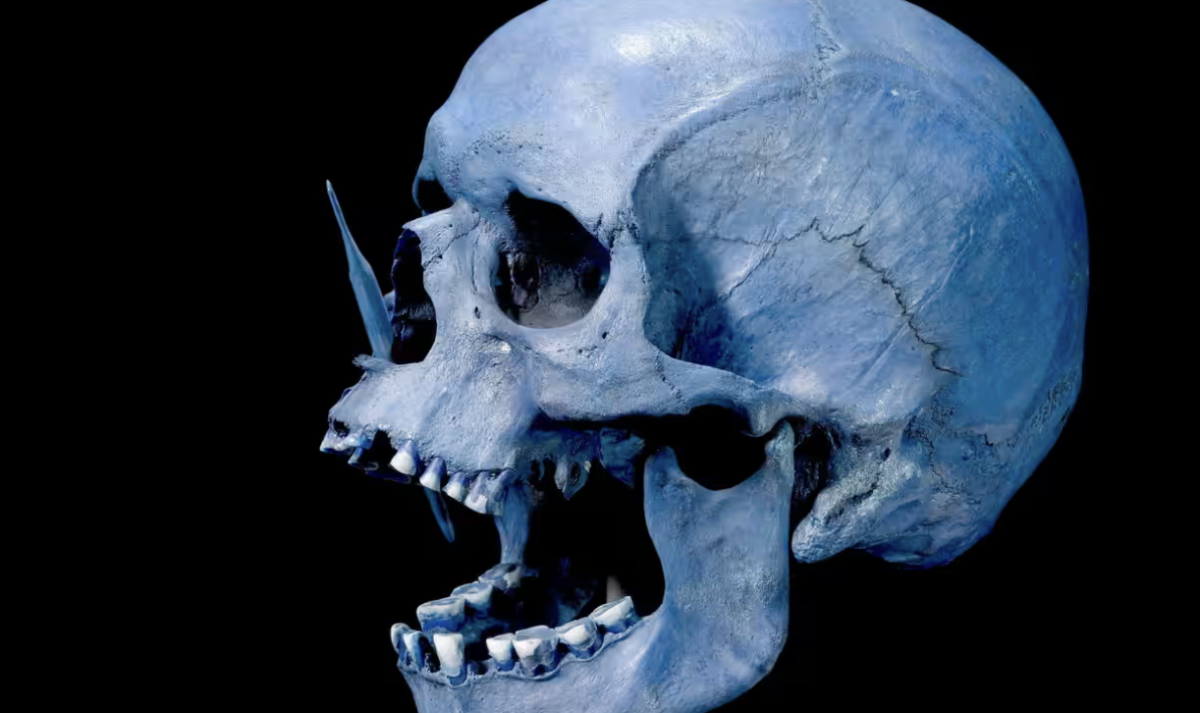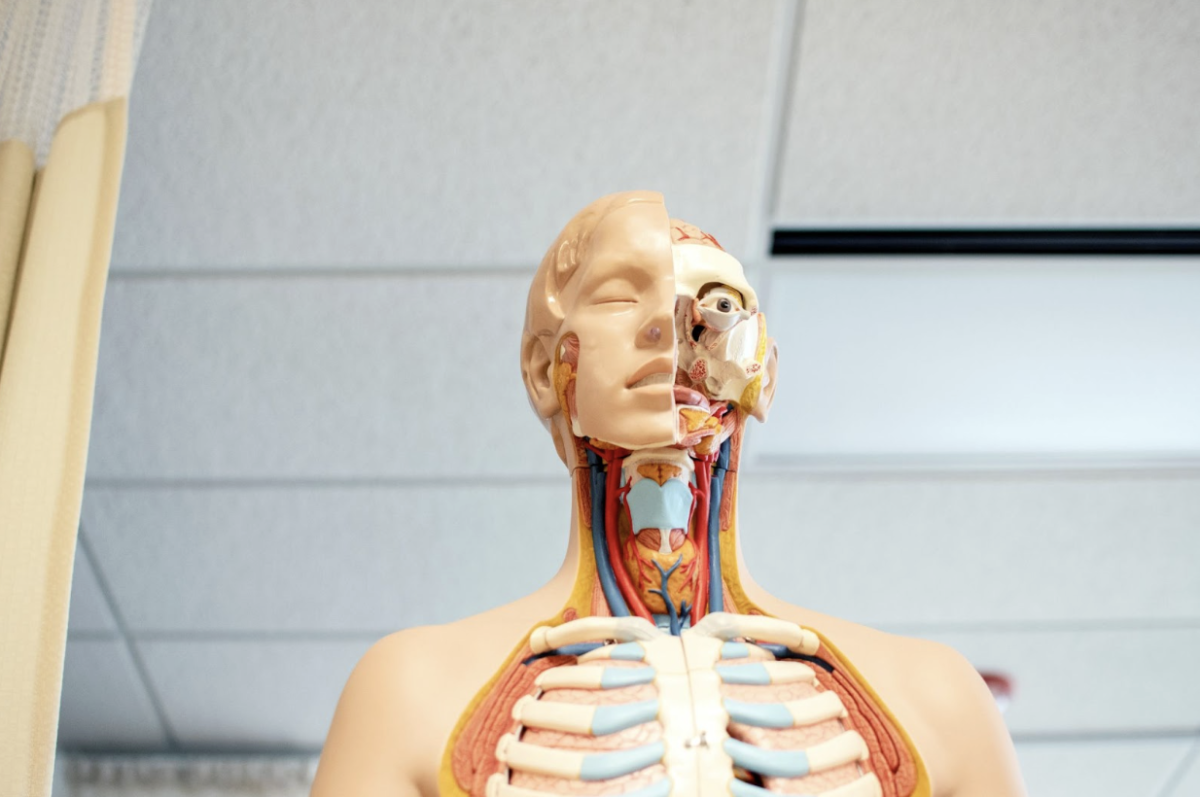Table of Contents
A report by BBC News has recently shared that an international team of scientists say that after investigating the DNA of ancient teeth and bone, the genes which once protected our ancestors from animal diseases are now raising the risk of multiple sclerosis (MS). Researchers call this discovery “a quantum leap” to understanding the evolution of the disease.
During the research, the ancient DNA also helps to explain why northern Europeans have a higher risk of MS than other ancestries. It was found that the disease is a genetic legacy of horseback-riding cattle herders who entered the region about 5,000 years ago.

About The Study
Published in the journal Nature on Wednesday, 10th January, these revelations come from a huge project that compared modern DNA with DNA sourced from ancient humans’ teeth and bones, allowing scientists to trace prehistoric migration and disease-linked genes.
When the Yamnaya (people from the bronze age) moved from the steppes (now Ukraine and Russia) into north-western Europe, they carried with them the gene variants that today are increasing people’s risk of multiple sclerosis. [Source: The Guardian]
The co-author of the study, William Barrie, a genetics researcher at the University of Cambridge, says: “What we found surprised everyone…These variants were giving these people an advantage of some kind.”
The ‘Yamnaya’ were Europe’s first true nomads, according to a report on Alarabiya News. These inhabitants used domesticated cattle to access the Asian Steppe, where there anything to eat or drink was scarce. So they carried everything with them on wagons.
Research co-author Evan Irving-Pease said: “Pathogenic infections increased in frequency during the Bronze Age, due to close proximity between people and their domestic animals.” However, Irving-Pease further adds that it wasn’t until the modern era, with its widespread sanitation and improved medical care, that these genetic variants spread increasingly to our immunological requirements, thereby resulting in a heightened risk of developing MS and various other autoimmune diseases.

What Is Multiple Sclerosis
Mayoclinic describes Multiple Sclerosis (MS) as a potentially disabling disease of the brain and central nervous system- the spinal cord. Based on a research study in the journal Nature, MS is a neuro-inflammatory and neurodegenerative disease that is most prevalent in Northern Europe.
In this disease, the immune system attacks the protective sheath called the myelin that covers nerve fibres and causes communication problems between the brain and the rest of the body. The diseases can eventually cause deterioration or permanent damage of the nerve fibres.

While there is no cure for multiple sclerosis, there are, however, treatments to help speed the recovery from attacks and manage symptoms.



